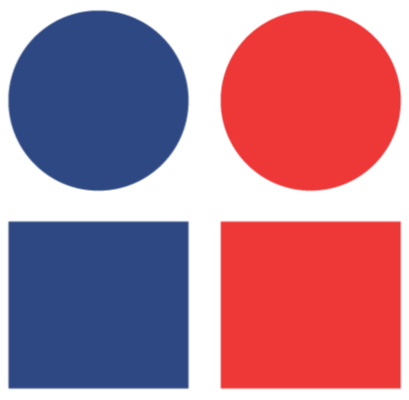The Digital Classroom: Effective Strategies for Teaching Children Writing and Reading Online
January 29, 2024Interactive Tools, Visual Aids, and Parental Collaboration: Harnessing Online Learning's Potential
Continue reading

YouLearnt Blog
June 13, 2025

Interactive Tools, Visual Aids, and Parental Collaboration: Harnessing Online Learning's Potential
Continue readingThe power of subtitles: 3 reasons why to turn on the video's subtitles
Continue readingUnleash creative potential with proven strategies for effective writing mastery
Continue readingA glimpse to how gamification improves learning process: importance and advantages
Continue readingHow personalization, meaningful interaction, and intuitive practice shape long-term success in language learning
Continue readingWhy lasting dietary change has less to do with willpower and everything to do with reshaping your surroundings, self-image, and daily systems
Continue readingHow connection and skills create lasting behavior change
Continue readingInside the Underground System That Lets Trees Share, Warn, and Support Each Other
Continue reading